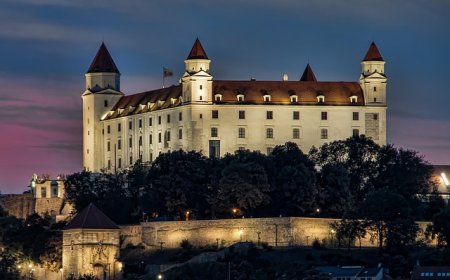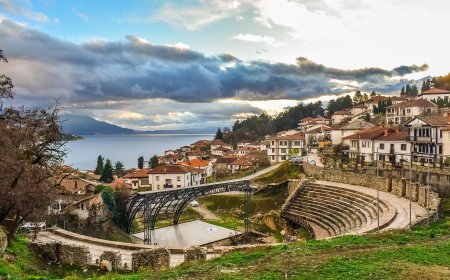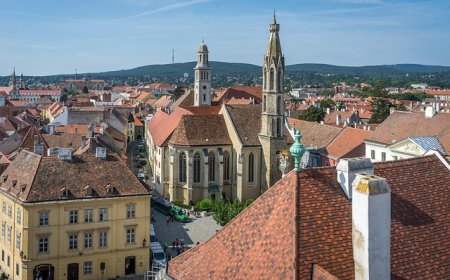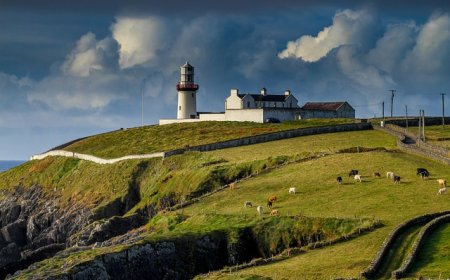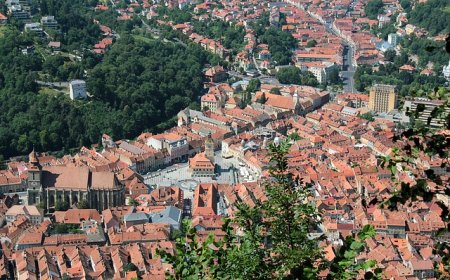Ukraine Geography, Culture, and History Explained
Learn about Ukraine’s geography, culture, history, and modern life in this student-friendly article. Explore its cities, traditions, and national identity.
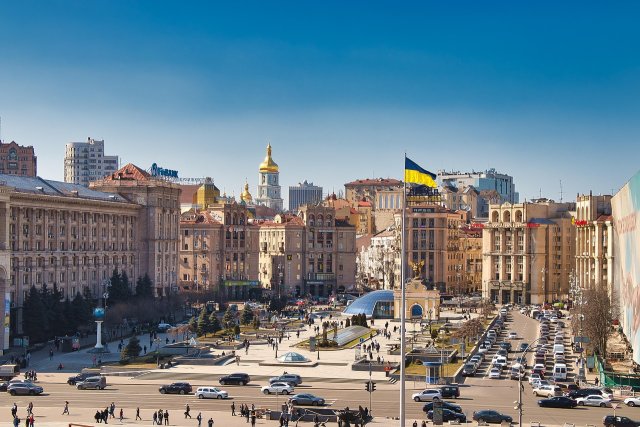
🇺🇦 Ukraine: A Land of Fields, Fortitude, and Freedom
🗺 Introduction
Ukraine is the second-largest country in Europe and a land of wide open fields, ancient cities, and strong cultural identity. Located in Eastern Europe, Ukraine is known for its beautiful landscapes, rich traditions, and its people’s enduring spirit.
From the golden domes of Kyiv, the capital, to the sunflower fields of the countryside, Ukraine’s history and culture have been shaped by both hardship and hope. In recent years, Ukraine has been at the center of world attention due to its fight to remain independent and free.
🌍 Geography and Location
Ukraine is located in Eastern Europe, bordering Russia, Belarus, Poland, Slovakia, Hungary, Romania, and Moldova. It also has a long coastline along the Black Sea and the Sea of Azov.
The landscape is mostly made up of plains and rolling hills called the steppe, ideal for farming. Ukraine is one of the world’s largest producers of grain and is often called the “breadbasket of Europe.”
The country also includes forests, rivers, and mountains, such as the Carpathians in the west. The Dnipro River flows from north to south and is one of the longest rivers in Europe.
Ukraine has a continental climate, meaning it has cold winters and warm summers. Snow is common in the winter, while summer is perfect for growing crops and holding festivals.
🏙 Cities and Regions
The capital and largest city is Kyiv, one of Europe’s oldest cities, with a history going back more than 1,400 years. It sits along the Dnipro River and is known for its ancient cathedrals, wide streets, and vibrant culture. Landmarks include the Saint Sophia Cathedral, the Golden Gate, and Maidan Nezalezhnosti (Independence Square).
Other major cities include:
- Lviv in the west, famous for its cobblestone streets and mix of European cultures
- Kharkiv in the northeast, known for education and industry
- Dnipro in the center, an important river city
- Odesa, a port city on the Black Sea with sandy beaches and historic theaters
- Zaporizhzhia, home of the Cossack island of Khortytsia
Ukraine is made up of 24 regions, called oblasts, and one autonomous republic, Crimea, which is internationally recognized as part of Ukraine but currently occupied by Russia.
👨👩👧👦 People, Language, and Culture
Ukraine has a population of about 37 million people, though this number has changed in recent years due to war and migration. The majority of people are ethnic Ukrainians, but there are also Russians, Crimean Tatars, Poles, Romanians, and Hungarians.
The official language is Ukrainian, which uses a Cyrillic alphabet. In some regions, Russian is also spoken. Ukrainian is known for its melodic sound and poetic expressions.
Ukrainian culture values family, tradition, and freedom. Folk music, dance, and storytelling are central to community life. Traditional clothing, like the vyshyvanka (embroidered shirt), is still worn on special days. Folk dances such as the hopak are fast, energetic, and filled with joy.
🍽 Food and Traditions
Ukrainian food is hearty, flavorful, and based on fresh, homegrown ingredients. Many dishes use potatoes, cabbage, beets, pork, and dairy products. Cooking is a family tradition, especially for holidays and gatherings.
Popular Ukrainian dishes include:
- Borscht – a beet soup served hot or cold, often with sour cream
- Varenyky – dumplings filled with potatoes, cheese, cherries, or meat
- Holubtsi – cabbage rolls filled with rice and meat
- Pampushky – soft garlic bread rolls often served with borscht
- Kutia – a sweet wheat dish eaten on Christmas Eve
Major holidays include Independence Day (August 24), Easter, Christmas (January 7), and St. Nicholas Day (December 19). Traditional celebrations often feature singing, dancing, and festive meals shared with neighbors and relatives.
🏛 History of Ukraine
Ukraine has a long and complex history. Thousands of years ago, the region was home to early human civilizations. In the 9th century, the powerful kingdom of Kyivan Rus was founded, with Kyiv as its capital. It was one of the most important early Slavic states and helped shape Ukrainian identity.
Over time, Ukraine came under the control of various empires, including the Polish-Lithuanian Commonwealth, the Ottoman Empire, and later the Russian Empire and the Soviet Union. During Soviet times, especially in the 1930s, Ukraine suffered greatly from famines like the Holodomor, and from World War II.
In 1991, Ukraine became independent when the Soviet Union collapsed. Since then, Ukrainians have worked to build a free and democratic country. In 2014, Russia invaded Crimea, and since 2022, Ukraine has faced a full-scale invasion by Russia. Despite this, Ukraine has shown incredible strength and unity in defending its land and freedom.
🌿 Nature and Environment
Ukraine’s environment includes mountains, plains, rivers, and forests, with a wide variety of wildlife. Animals like wolves, lynx, deer, and eagles live in its national parks, especially in the Carpathian Mountains.
Famous natural areas include:
- Carpathian Biosphere Reserve, home to rare plants and animals
- Askania-Nova, a steppe nature reserve with wild horses and birds
- The Dnipro River, vital for water, energy, and transportation
Ukrainians care deeply about their environment. Many organizations focus on protecting forests, rivers, and farmland. Students often learn about recycling, clean energy, and nature preservation in school.
📚 Vocabulary List
| Word | Definition |
|---|---|
| Steppe | A large, flat grassland found in Ukraine and other parts of Eastern Europe and Asia |
| Vyshyvanka | A traditional Ukrainian embroidered shirt |
| Borscht | A soup made from beets, often served with sour cream |
| Holodomor | A man-made famine in Ukraine during the 1930s that killed millions |
| Cyrillic alphabet | A writing system used in Ukrainian and other Slavic languages |
| Hopak | A fast, traditional Ukrainian folk dance |
| Oblast | A region or province in Ukraine |
| Kyivan Rus | An early Slavic state centered in Kyiv, important in Ukrainian history |
👧🧒 Kid-Friendly Summary
Ukraine is a big country in Europe with farms, rivers, and old cities. The capital is Kyiv, and people speak Ukrainian, a beautiful language with a special alphabet. Ukrainians love folk dancing, singing, and wearing colorful clothes called vyshyvanka.
They eat yummy foods like dumplings, beet soup, and sweet wheat porridge at holidays. Ukraine has had a hard history, but today the people are brave and proud of their country. They love nature, family, and their freedom.
🧠 Interactive Quiz: What Do You Know About Ukraine?
1. What is the capital of Ukraine?
A) Warsaw
B) Kyiv
C) Moscow
D) Lviv
2. What is a vyshyvanka?
A) A soup
B) A type of music
C) An embroidered shirt
D) A kind of tree
3. What is the steppe?
A) A mountain
B) A flat grassland
C) A kind of dance
D) A food dish
4. What color vegetable is used to make borscht?
A) Carrot
B) Beet
C) Cabbage
D) Potato
5. What major river flows through Ukraine?
A) Amazon
B) Nile
C) Dnipro
D) Danube
6. What happened in 1991 in Ukraine?
A) Ukraine joined the EU
B) Ukraine became independent
C) Ukraine hosted the Olympics
D) Ukraine built its first city
7. What is the Holodomor?
A) A traditional dance
B) A city
C) A man-made famine in the 1930s
D) A holiday
8. What is the hopak?
A) A type of bread
B) A folk dance
C) A mountain
D) A language


















































